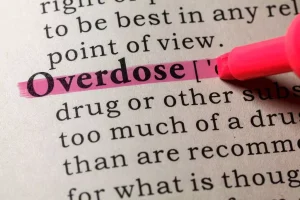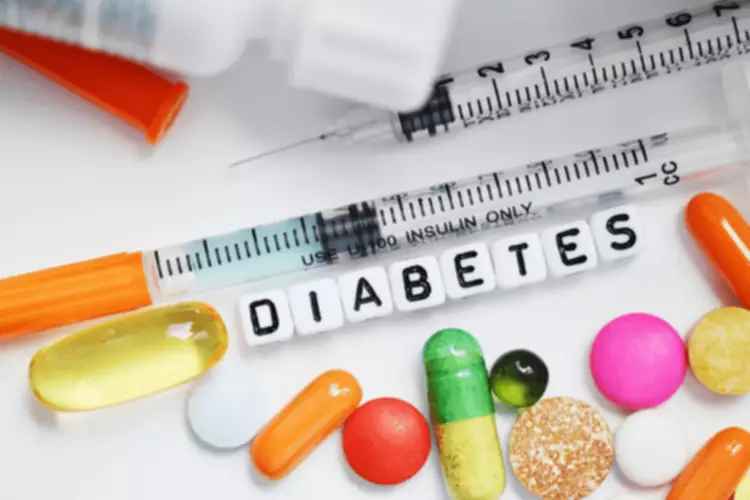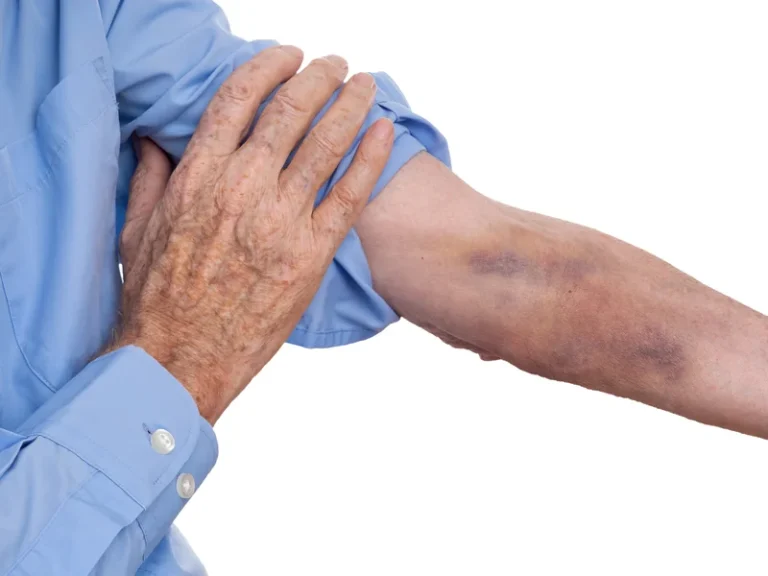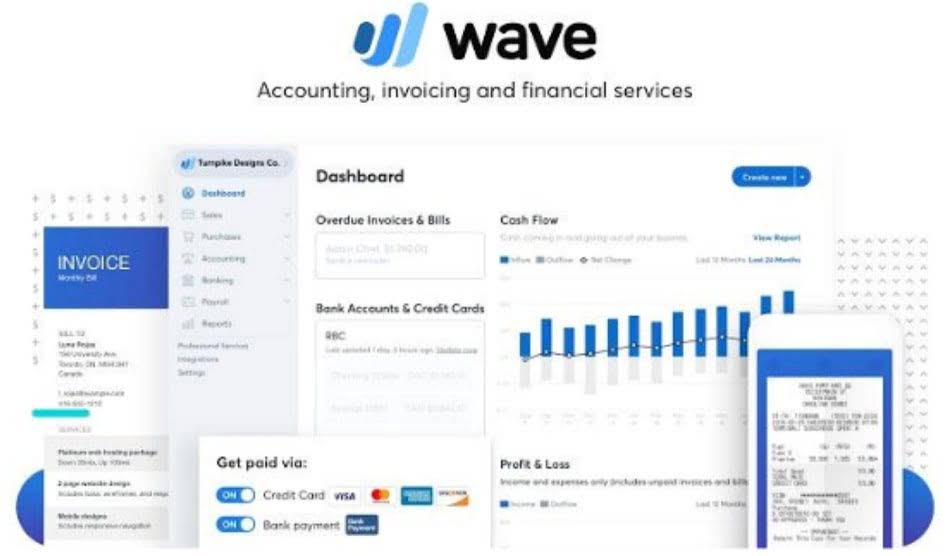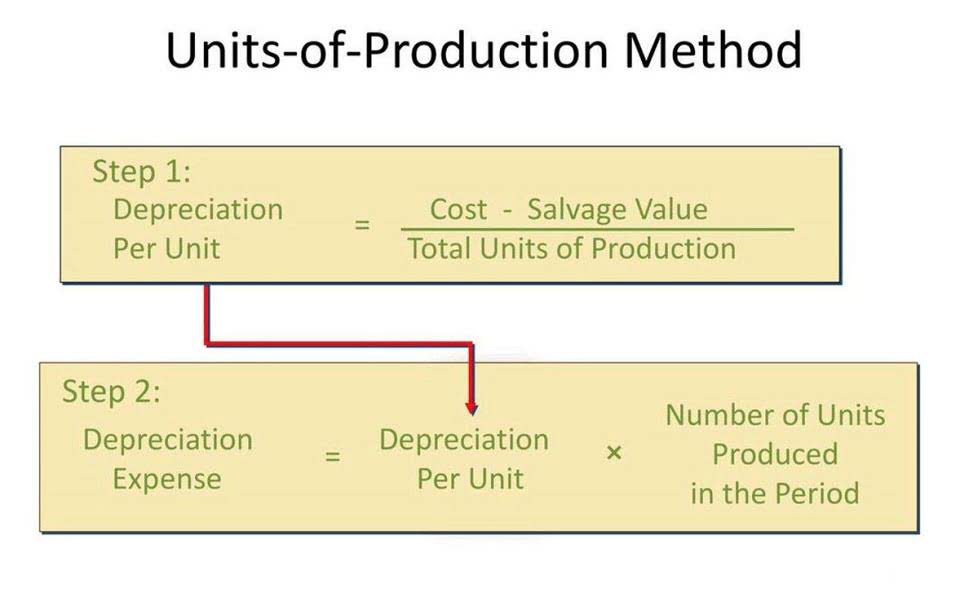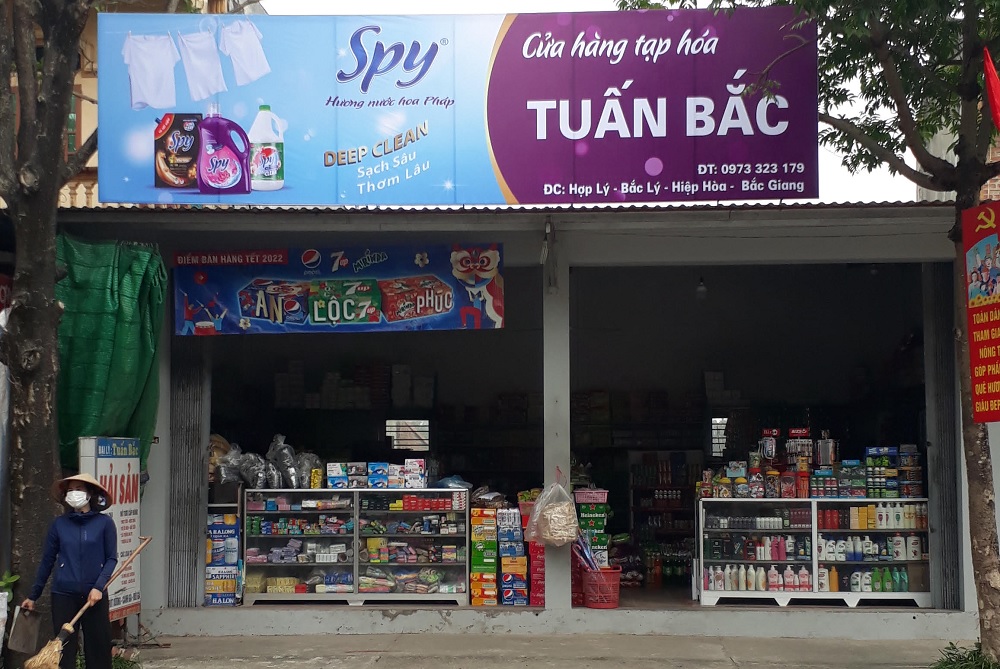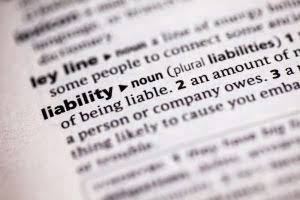There are additionally no commonplace methods for calculating and analyzing danger, and even VaR can have several different ways of approaching the task. Risk is usually assumed to occur using normal distribution probabilities, which in actuality rarely happen and can’t account for extreme or “black swan” occasions. Examples of qualitative danger instruments include risk identification definition SWOT analysis, cause and impact diagrams, decision matrix, game concept, and so on. A firm that wants to measure the impression of a safety breach on its servers might use a qualitative risk method to help put together it for any misplaced revenue that may happen from an information breach.

Finally, as a stakeholder, if you’re not aware of the risks involved in your small business, you can be making decisions which are placing your company in danger and reducing its life cycle. So it’s actually important to take the time to determine and assess all of the risks concerned in your operations. When you’re operating a business, it’s essential to listen to the risks that include it and to communicate it.
Qualitative Threat Analysis
For instance, threat analysis could determine that customer information is not being adequately secured. In this instance, danger evaluation can result in higher processes, stronger documentation, more strong inside controls, and risk mitigation. The primary concern of risk evaluation is to identify problem areas for a company. Therefore, a crucial facet of danger evaluation is to grasp how every potential risk has uncertainty and to quantify the vary of risk that uncertainty might hold.
Value in danger (VaR) is a statistic that measures and quantifies the extent of financial threat within a agency, portfolio, or place over a particular time frame. This metric is most commonly used by funding and commercial banks to find out the extent and occurrence ratio of potential losses of their institutional portfolios. One can apply VaR calculations to specific positions or complete portfolios or to measure firm-wide threat publicity.
Why Danger Identification Is Essential For Your Business
Risk magnitude was also underestimated, which resulted in excessive leverage ratios inside subprime portfolios. As a outcome, the underestimations of incidence and danger magnitude left establishments unable to cowl billions of dollars in losses as subprime mortgage values collapsed. One necessary thing to bear in mind is that VaR does not present analysts with absolute certainty. The chance will get higher should you consider the higher returns, and solely consider the worst 1% of the returns. The Nasdaq a hundred ETF’s losses of 7% to 8% represent the worst 1% of its performance. We can thus assume with 99% certainty that our worst return will not lose us $7 on our funding.
- Risk evaluation also helps quantify threat, as administration could not know the financial impression of something occurring.
- You must be constantly looking out for potential threats to your corporation so that you just can take steps to mitigate them before they become a problem.
- We can even say with 99% certainty that a $100 investment will only lose us a maximum of $7.
- Sometimes, threat evaluation is essential as a end result of it guides company decision-making.
- This is the place you place all the data collectively and come up with a final statement in regards to the threat.
- As a outcome, the underestimations of incidence and danger magnitude left institutions unable to cover billions of dollars in losses as subprime mortgage values collapsed.
Qualitative analysis involves a written definition of the uncertainties, an analysis of the extent of the impression (if the chance ensues), and countermeasure plans in the case of a adverse occasion occurring. The analysis model will take all available items of knowledge and information, and the mannequin will attempt to yield different outcomes, possibilities, and monetary projections of what may occur. In more advanced situations, scenario analysis or simulations can determine an average outcome value that can be used to quantify the typical occasion of an occasion occurring. Risk identification is the process of determining potential dangers to your corporation. This can embody anything from a pure catastrophe that would damage your property to a disgruntled employee who may sabotage your methods.
Inquiries To Ask Before Choosing An Insurance Coverage Agent
Most typically, the aim of a danger analysis is to raised understand how danger will financially impact an organization. This is often calculated as the danger worth, which is the probability of an event taking place multiplied by the value of the occasion. Risk Identification is a critical course of in risk administration that includes recognizing potential threats and alternatives that would impression a project or business. Overall, threat identification is a vital a half of any successful enterprise technique. It lets you determine potential threats before they trigger damage and helps you make sound selections primarily based on accurate information. Risk is a probabilistic measure and so can by no means let you know for positive what your exact threat exposure is at a given time, solely what the distribution of potential losses is more probably to be if and once they happen.

Risk analysis is usually performed by companies (banks, construction groups, health care, and so forth.), governments, and nonprofits. Conducting a risk analysis can help organizations decide whether they want to undertake a project or approve a financial software, and what actions they could need to take to protect their interests. This type of analysis facilitates a balance between dangers and danger reduction. Risk analysts typically work in with forecasting professionals to attenuate future unfavorable unexpected results.
Risk Identification
In many circumstances, a enterprise might even see a potential risk looming and desires to understand how the state of affairs could impression the enterprise. For example, consider the probability of a concrete employee strike to an actual property developer. The real estate developer might carry out a business impact analysis to understand how every extra day of the delay may impact their operations. Often, a company will endure a needs evaluation to higher perceive a necessity or gap that’s already known. Alternatively, a needs evaluation may be done if administration isn’t conscious of gaps or deficiencies. This analysis lets the corporate know where they should spending extra resources in.

We can even say with 99% certainty that a $100 funding will only lose us a maximum of $7. The important piece to recollect here is administration’s ability to prioritize avoiding doubtlessly devastating outcomes. For example, if the corporate above solely yielded $40 million of gross sales each year, a single defect product that would wreck model picture and customer belief might put the company out of enterprise. Even although this instance led to a danger worth of only $1 million, the corporate could choose to prioritize addressing this due to the greater stakes nature of the risk. For instance, in the example above, the corporate might assess that there may be a 1% likelihood a product defection occurs.
What Are The Principle Components Of A Danger Analysis?
All rights are reserved, together with these for textual content and knowledge mining, AI training, and similar technologies. Explore the intricacies of environmental features and impacts of the organization’s practices to boost the company’s sustainability, compliance, and aggressive advantage. Risk identification should be carried out by the risk proprietor together with their staff. By involving everybody within the process, the staff can pinpoint risk components quickly and with extra depth.
Risk Identification is necessary as a result of it helps in creating a comprehensive understanding of the potential risks, which might help in planning and choice making. It helps to keep away from surprises, decrease losses, and reap the advantages of alternatives. Risk evaluation additionally helps quantify danger, as administration may not know the financial impact of one thing happening. In some cases, the information could help corporations avoid unprofitable initiatives. In other cases, the knowledge could assist put plans in motion that scale back the likelihood of one thing happen that would have brought on monetary stress on a company.
By figuring out and assessing the dangers, you can come up with a plan to mitigate them. Sometimes, threat analysis is essential because it guides company decision-making. Consider the instance of an organization considering whether to maneuver ahead with a project. The choice could additionally be so easy as identifying, quantifying, and analyzing the danger of the project. Risk evaluation might detect early warning signs of doubtless catastrophic occasions.
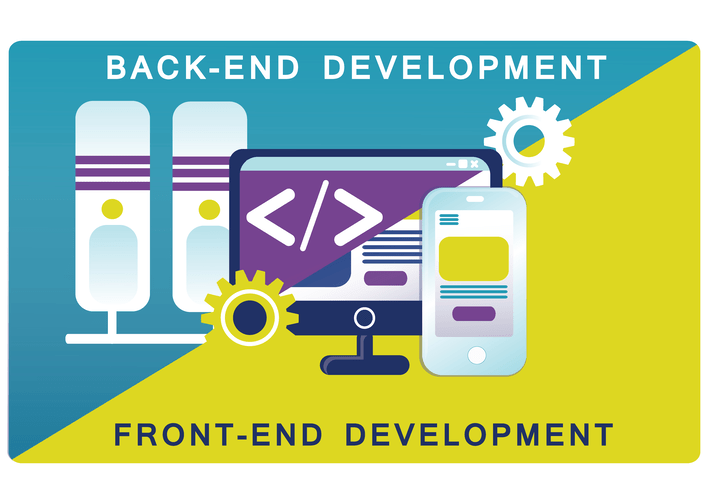
For any given range of input, the mannequin generates a variety of output or consequence. The model’s output is analyzed utilizing graphs, state of affairs analysis, and/or sensitivity evaluation by danger managers to make decisions to mitigate and cope with the dangers. Opposite of a wants analysis, a root trigger analysis is performed as a outcome of one thing is occurring that should not be. This sort of danger analysis strives to establish and eliminate processes that trigger points. Almost all sorts of huge businesses require a minimal type of risk analysis. It is essential to know that threat evaluation allows professionals to establish and mitigate risks, however not keep away from them fully.
Some are bigger than others, however all of them have the potential to impact your backside line. Risk analysis allows corporations to make informed decisions and plan for contingencies before dangerous issues happen. Not all risks might materialize, but it is important for a company to know what may occur so it can at least choose to make plans ahead of time to avoid potential losses. An insurance company might work immediately with a enterprise group to help them with the chance identification process. The enterprise could enable the insurer to assess their business operations or examine their workplace so as to locate any precise or potential risks. The insurer will then counsel improvements aimed in danger reduction, similar to better safety standards.
Risk Identification is used in varied sectors and industries, together with project management, enterprise, finance, and insurance. It is a proactive strategy to manage uncertainties that would have an result on the achievement of set goals. It is normally the first step in the threat administration course of, which is followed by danger evaluation and threat mitigation strategies. By being conscious of the risks, you can take steps to protect your small business and reduce the probabilities of something going wrong. The time period risk analysis refers back to the evaluation process that identifies the potential for any adverse occasions which will negatively affect organizations and the environment.
In this instance, the danger worth of the defective product could be assigned $1 million. A firm could have already addressed the major dangers of the company via a SWOT evaluation. Although a SWOT analysis could show to be a launching point for additional discussion, danger evaluation usually addresses a particular question whereas SWOT evaluation are sometimes broader.
Learn extra about reputational danger, why it’s important that companies properly manage it, and tips on how to successfully implement danger mitigation strategies. When you don’t take the time to establish risks, you’re opening yourself up to lots of potential problems. In the exterior cross-checking step, you will search for any potential risk or relevant data outside the project.
Danger
Each company can also select to add or change the steps below, however these six steps outline the most typical strategy of performing a danger analysis. When you know what the risks are, you probably can weigh the pros and cons of any choice and make an informed alternative that’s best for your corporation. Risk identification is a important part of a strong danger administration system and a key device for operating a profitable firm. Under quantitative risk evaluation, a danger mannequin is built utilizing simulation or deterministic statistics to assign numerical values to danger. Inputs which are principally assumptions and random variables are fed into a risk model.
Grow your business, transform and implement technologies based on artificial intelligence. https://www.globalcloudteam.com/ has a staff of experienced AI engineers.

